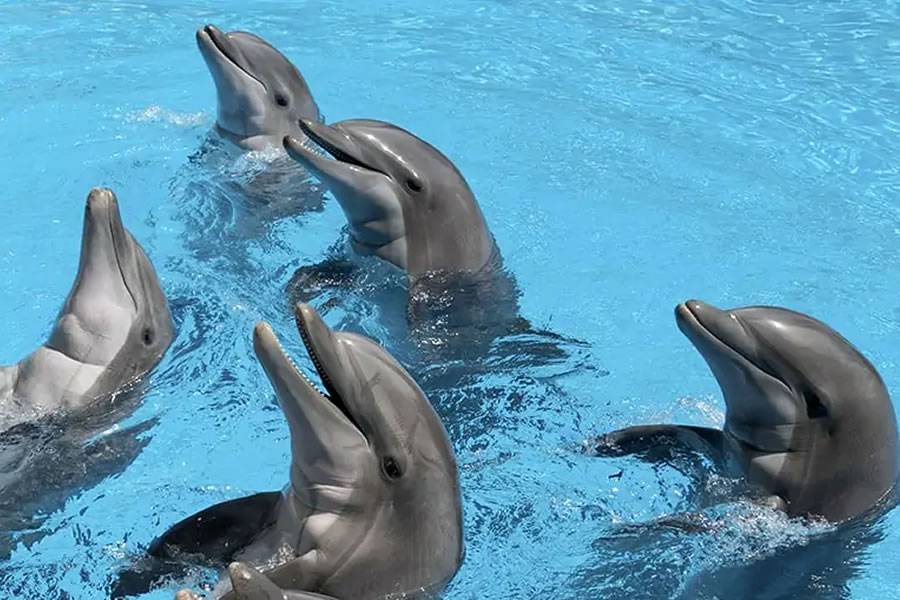New study at Loro Parque to determine how animals perceive space and time
- 23-02-2023
- Tenerife
- Canarian Weekly
A team of international scientists from the Max Planck Institute for Ornithology in Germany, the University of Antwerp, and the University of Southern Denmark, will study the ability of animals to plan or think about their future and remember actions from their past over the next four years at Loro Parque.
They are going to analyze the animal’s abilities of time perception, memory, and episodic forecasting, memories of when-what-where, and their anticipation of future events.
During the study, they will how investigate different species are able to think, including bats, parrots, and dolphins. For its part, Loro Parque, together with the University of South Denmark, will study the abilities of dolphins to think about their past and their future.
Sara Torres, a researcher at the University of Southern Denmark, explained: “Until now, the conception of space-time differentiated us from animals such as dolphins or parrots; however, we see that we share advanced cognitive abilities that are not exclusive to human beings.”
Because of this, she anticipates that the study will unravel some of the mysteries of the animal world to learn more about their behaviour, habitats, and relationships. “The results will allow us to learn if animals understand the weather and if they adapt to it to plan future actions or communicate between species.”
To explore time perception abilities, the animals will be taught to associate short events with a food reward in one location, and longer ones in a different location. Once the concept is learned, they will be paired with other inexperienced animals to see if they learn faster than the original subjects. If so, it would be concluded that they are able to learn.
Episodic memory will be observed by placing two objects by the animal, one on the left and one on the right. These will then be moved during the day, testing their awareness of time and their connection to other events.
As for future events, a maze will be used around objects that obstruct the animal's vision. Although the reward will have a fixed position, the walls of the maze will be changed. Depending on the movements, it will be determined how the animals plan their detours in the obstacles.
“We are counting on the fact that the species we are analyzing, namely bats, parrots, and dolphins, share a perception of time, but with different levels of complexity. This is an exciting time for the scientific community and we are looking forward to sharing our discoveries with the world,” says Torres.
The findings will hopefully offer great advances in understanding the social transmission of information between species and will reveal key questions in the evolution of animals.



























































